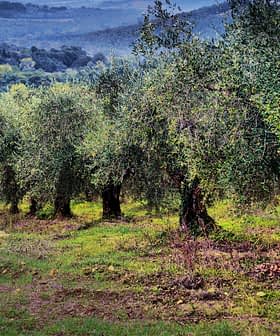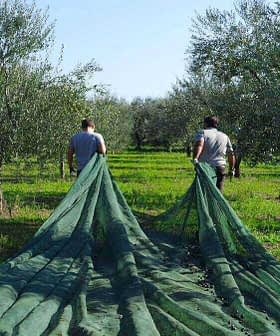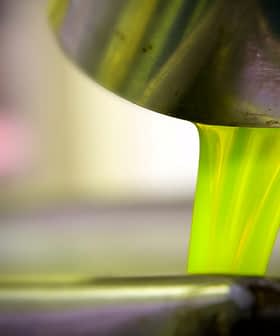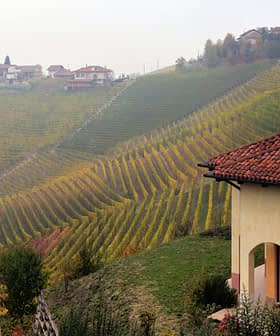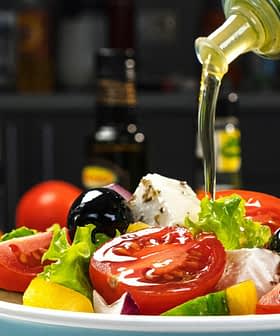The research team behind Nutri-Score is updating the front-of-pack label (FOPL) to include whether the food is ultra-processed.
The first examples of the new logo have been presented by Nutri-Score creator Serge Hercberg, a professor of nutrition at the Université Sorbonne Paris-Nord, and the working team.
Nutri-Score does not claim to be an information system on the global health dimension of food, so it must be complemented by specific information advising consumers about the other dimensions
The new labels include an “ultra-processed” indication displayed within a black border surrounding the traditional well-known Nutri-Score label.
See Also:Critics of Nutri-Score Demand Reform to Ratings of PDO and PGI FoodsThe original label did not include any information about whether fertilizers or pesticides were used on the food either, so the redesign will also feature the traditional organic green label when applicable.
1. How to inform consumers about both ultra-processing and nutritional quality, 2 health dimensions of foods that can each affect health through specific mechanisms ? By associating to #NutriScore a specific label (black edge) indicating if the food is ultra-processed (=NOVA4) pic.twitter.com/Y4t2Ud2MVT
— Hercberg Serge (@HercbergS) October 27, 2021
Given the wide adoption of Nutri-Score throughout Europe in the last few years, the latest update could affect the habits of millions of consumers.
The additional information underscores the need to answer the growing requests for more complete information about the contents of food packages.
“The health impact of the nutritional composition of food is well established,” Hercberg told Olive Oil Times. He added that thousands of studies demonstrate the negative impact of consuming food high in salt, sugar, saturated fats and low in fibers, vitamins and minerals on human health.
According to Hercberg, Nutri-Score considers such factors to help consumers select foods that will lower the risk of cancers, cardiovascular diseases, diabetes and even mortality.
However, the label did not consider whether the food was ultra-processed or not. Over the past decade, dozens of studies “have shown links between the consumption of ultra-processed food and an increased risk of various chronic diseases,” Herberg said.
“In fact, the nutritional composition and the ultra-processing are two health dimensions of foods likely to independently affect the risk of chronic diseases through different specific and complementary mechanisms,” he added.
Hence, the need for an update of the logo, which currently rates food items with a color-letter code, running from the healthiest “Green A” to the least healthy “Red E.”
“Although different, the nutritional and ultra-processing dimensions are partially overlapping,” Herberg said. “Even if, on average, ultra-processed food might have lower nutritional quality, some of those foods might still present a favorable nutritional profile.”
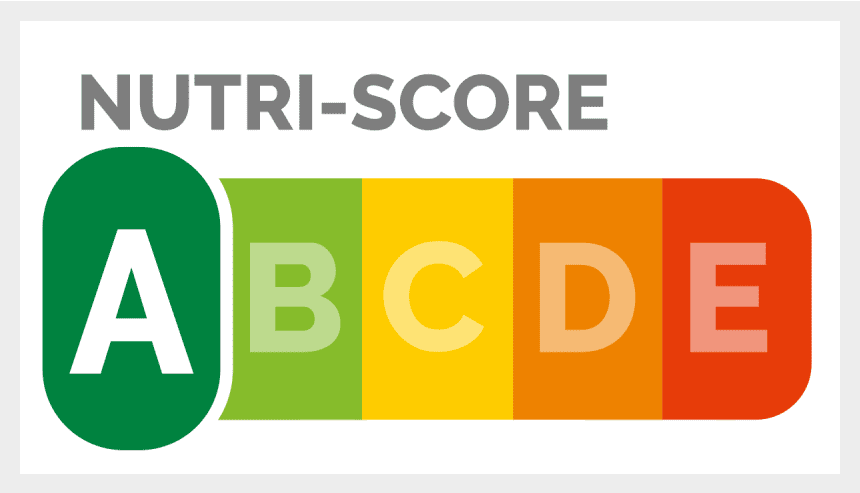
The Nutri-Score label
“On the other hand, some foods considered not ultra-processed – which means not processed, processed or only slightly processed – can also present a low nutritional quality profile, such as if they are high in saturated fat, sugar or salt,” he added. “So it is important to inform consumers about these two different health dimensions of foods.”
According to Hercberg, consumers should use caution when choosing ultra-processed food. To help consumers make healthier choices, several countries including France have public health recommendations that target ultra-processed foods.
“That is why giving information on nutritional quality, as Nutri-Score does, while also permitting the consumers to recognize the ultra-processed food will help them make healthier choices,” Hercberg said.
He added that if consumers still want to eat ultra-processed food, then Nutri-Score will help them recognize which ones are more nutritious within a given category of food.
However, Herberg admitted that a label summarizing the nutritional profile, level of processing and the presence of pesticides in food in a single logo is just not viable.
“To summarize these three health dimensions of foods through a single and reliable indicator, which would be able to predict overall health risk would be, obviously, the dream of any public health nutrition actor in the interest of consumers,” he said.
See Also:Nutri-Score UpdatesHercberg added that creating a combined label would require plenty of research into the precise impact each of the three health dimensions has individually and combined.
Since its introduction, Nutri-Score has been validated by a number of studies showing its effects on upgrading the nutritional profile of consumers’ food choices.
Still, the label has also been criticized for not showing all the healthy micronutrients contained in a food item. This has especially been a sticking point for olive oil producers and the “Yellow C” with which all grades of olive oil are rated.
“This is not specific to Nutri-Score, as all nutrition labels, including Nutrinform, Multiple Traffic Lights, Health Star rating and even guideline daily amounts (GDA) and reference intakes (RI) do the same,” Herberg said. “They all classify extra virgin olive oil and refined olive oil the same way.”
He attributed this to the widely-used NOVA classifications, which do not differentiate between animal or vegetable fats.
“It is surprising Nutri-Score should be blamed for something that is not even raised for other classifications,” Hercberg said.
“Nutri-Score does not claim to be an information system on the global health dimension of food, so it must be complemented by specific information advising consumers about the other dimensions, in particular those corresponding to the processing or the food being a product of organic farming,” he added.
Health authorities will now evaluate the new proposal. In the meantime, the European Food Safety Authority (EFSA) has launched a public consultation regarding the development of a pan-European FOPL that the European Commission plans to adopt by the end of 2022.
Nutri-Score remains the front-runner but is also competing with other rival FOPLs proposed by its detractors, including the Italian-born Nutrinform Battery.
“Some practical points have to be resolved,” Hercberg concluded. “Still, the final decisions are in the hands of public health authorities.”





